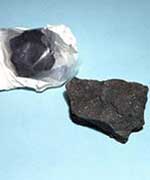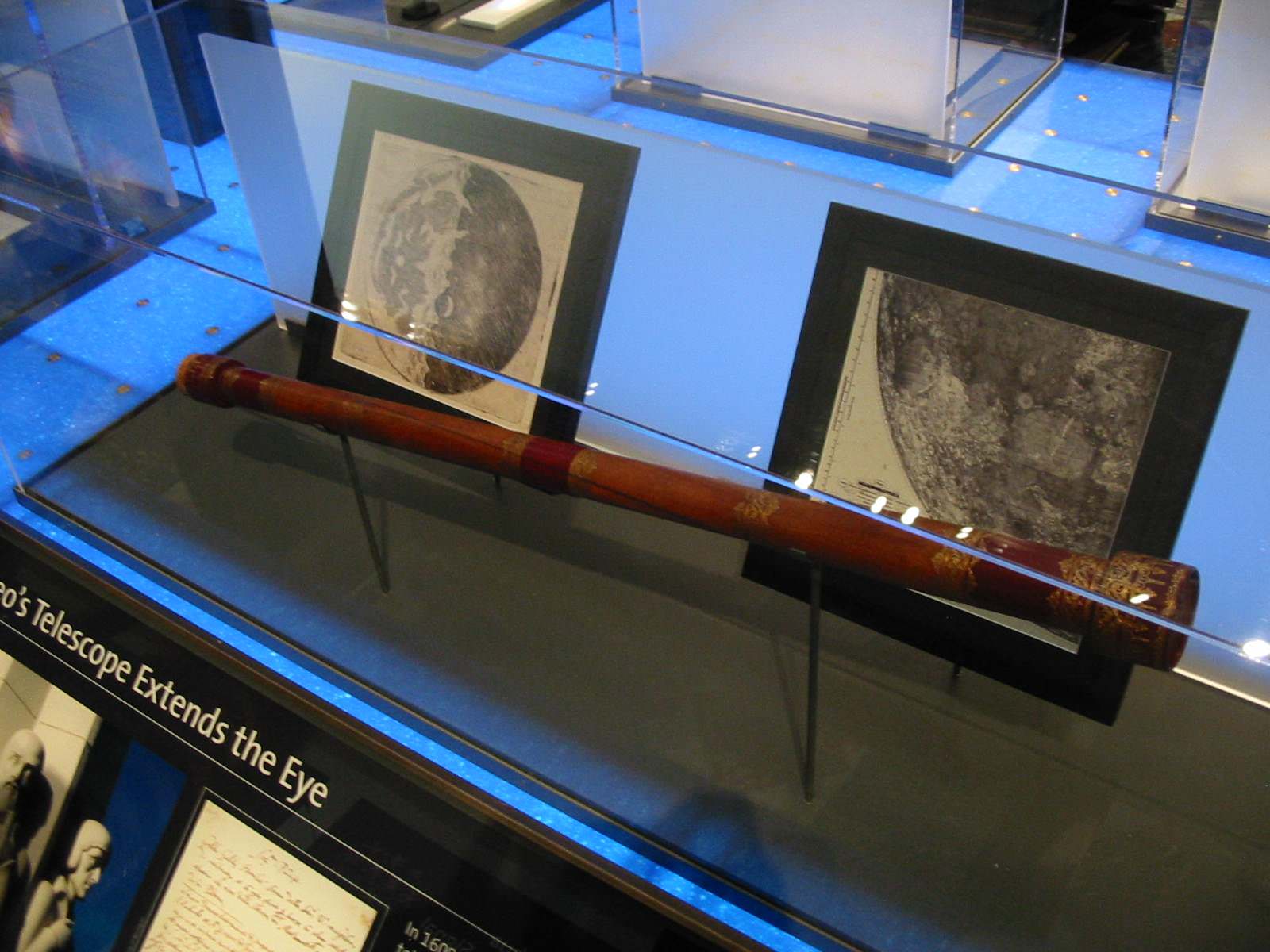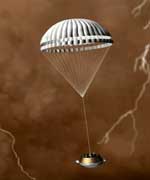By the time Galileo took eye to eyepiece in Padua Italy in 1609, he had already begun a life-long quest to understand the natural world around him. At his father’s behest, Gailieo gave up his youthful aspirations to join the Camaldolese Order as a monk and began training in medicine. Before completing his medical studies however, Galileo’s strong interest in the laws of nature (along with a little intercession by one of his teachers in mathematics) overcame his fathers insistence and he embraced mathematics.
Over the next quarter century Galileo made numerous investigations into the mechanics of motion and weight. Early on he was intrigued by Archimedes investigations into specific gravity and published a work entitled: “La Balancitta” (or “The Little Weight”). Galileo’s bent was as scientific as mathematical, he suggested methods of testing the behavior of falling bodies using inclined planes. (Although it is unlikely that he ever dropped objects from the famed “Leaning Tower of Pisa”.)
By the year 1609 Galileo had spent nearly two decades ensconced as a lecturer on mathematics and physical sciences at the University of Padua. He is said to have described this period as one of the most personally fulfilling years of his life. But the quiet joys of teaching and raising a family of three children were poised for change. And that change came in the form of a fateful letter describing a spyglass demonstrated by a Dutchman visiting Venice (located some 40 kms west of the university).
Based on a scant description of the spyglass workings, Galileo concluded that its main principle was that of refraction. Obtaining “off-the-shelf” lenses normally for spectacle use, he soon possessed a 4x instrument and it wasn’t long thereafter that he had personally ground a lens set and crafted a telescope of twice that magnification. By the Spring of 1610, Galileo had published the first telescopic “observing reports” describing denizens of the night sky. And in that report (Sidereus Nuncius – The Starry Messenger) Galileo himself lists a few of his most startling discoveries:
“With the aid of this new instrument one looks upon the face of the Moon, the expanse of the Milky Way, innumerable fixed stars, faint nebulosities and asterisms, and the four wandering stars attending Jupiter never before seen.”-1
Recognizing the significance of these discoveries Galileo goes on to say:
“Great things embodying the spirit of truth based on observation and contemplation of nature do I propose in this short treatise. Large, I say, and for the clarification of truth, based on an innovation never heard throughout the centuries, and finally I extoll the instrument by which means these same things have been revealed to our perception.”
There can be no doubt that Galileo’s early adoption of the recently invented spyglass for astronomical purposes marked a major departure toward the way we now view the world. For before Galileo’s era the heavens and the Earth were not in accord. The bulk of the thinking going on prior to Galileo was scholastic in nature. Truth depended on the words of the ancients – words which carried greater weight of authority than natural law and behavior. It was the era of faith – not science – that Galileo was born into. But his observations built a bridge between Terrum et Coelum. Earth and sky became part of a single natural order. The telescope could demonstrate to anyone with an open mind that there was more to all things than could be conceived of by the great minds of the past. Nature had begun to instruct the hearts and minds of humanity…
But let us speak no more of Earth-shaking events. What did Galileo actually see in the early months of the year 1610?
Lacking a background in Latin is no hindrance to furthering our investigation, for “the Starry Messenger” himself left many fine sketches (a few which are seen in the above composite image).
Of course, any amateur astronomer of the today can do no better than to begin with the Moon. Using a telescope is no easy matter. Sweeping the sky unsteadily at high magnifications to find anything in the heavens can be very frustrating to the neophyte to our High Art and Science. Of course, Galileo’s first telescope was very low power and this simplified things. But his later instruments always included a second smaller “finder scope” to simplify astro-navigation. Here are some of Galileo’s descriptions of the Moon:
“Most beautiful and admirable is it to see the Moon’s luminous form,… At nearly thirty diameters – some 900 times greater in region – anyone can perceive that the Moon is not covered with a smooth and uniform surface but in fact reveals great mountainous shelves, deep cavities, and gorges just like those of the Earth.”
Even during the winter the Milky Way can be seen – a faint gossamer of light attending Cassiopeia and Perseus to the north then plummeting south east of Orion – the Hunter, into Monoceros – the Unicorn. Again The Starry Messenger speaks:
“Moreover let us not underestimate the questions surrounding the Milky Way. For it has revealed to the senses its essence (through the turning of our instrument upon it). And in so doing out of its cloudy substance numerous stars are called forth.”
But in terms of Galileo’s own estimation his observations of the four Jupiterean satellites evoked the greatest of significances:
“By far and exceeding every other wonder, and mainly promoted for the contemplation of all astronomers and philosophers, is the discovery of four wandering stars. For I propose that they – like Venus and Mercury around the Sun – have revolutions around a conspicuous star among the known wanderers. And in their lesser wanderings they may precede the greater – sometimes before it and sometimes after – never going beyond some pre-determined limits.”
Galileo also went on to detect sun spots and the phases of Venus. The Venusian phases, in particular conclusively demonstrated the heliocentrism conceived by Copernicus and mathematically described by Johan Kepler of Galileo’s own time and correspondence.
Of course Galileo was large enough in his perception to realize that these few initial discoveries were but only the beginnings of a beginning for the telescope as an instrument and astronomy as a whole for he goes on to say:
“Perhaps other miraculous things from both myself and others will be discovered in the future aided by this instrument…”
Galileo was wrong – there was no “perhaps” about it…
-1 This and later quotations ascribed to Galileo are re-interpretations of an Italian to English Babelfish translation of Siderius Nuncius by the author.
About The Author:
Inspired by the early 1900’s masterpiece: “The Sky Through Three, Four, and Five Inch Telescopes”, Jeff Barbour got a start in astronomy and space science at the age of seven. Currently Jeff devotes much of his time observing the heavens and maintaining the website Astro.Geekjoy.



